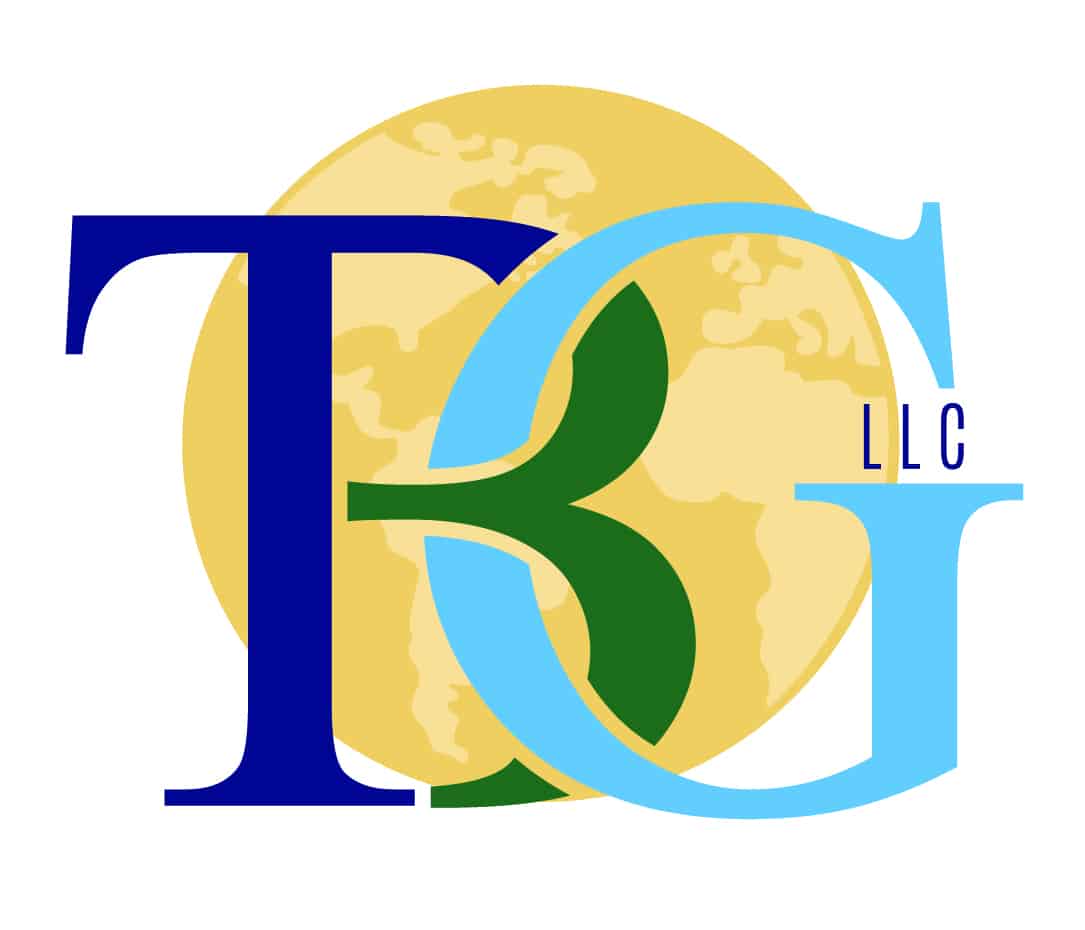In the dynamic world of podcasting, understanding, and defining your audience is not just a necessity; it’s an art. As we move further into 2024, the landscape of podcasting continues to evolve, making it imperative for podcasters to adopt new, more efficient strategies for audience engagement.
Let’s explore how you can bind the power of precise audience definition to grow your podcast.
The Evolution of Audience Engagement
Yesterday’s Approach:
A Broad Canvas
In the early days of podcasting, the strategy was akin to casting a wide net. The focus was on generalized content, assuming a broader appeal would attract more listeners. Tools for audience analysis were primitive, providing limited insights. Marketing was mostly generic, relying on social media and word-of-mouth. Feedback mechanisms were slow, leading to less adaptive content.
Today’s Strategy:
Precision and Personalization
Fast forward this 2024, podcasting has embraced advanced audience segmentation, data-driven content creation, strategic marketing, interactive engagement, and sustainable monetization. By utilizing sophisticated tools for analytics and engaging across multiple platforms, podcasters can now create content that resonates deeply with specific listener groups.
From Broad to Specific
The Old Way: Demographics
Traditionally, defining an audience relied heavily on demographics like age, gender, or occupation. While these are still relevant, they are no longer sufficient in isolation.
The New Way: Psychographics
In the modern era, psychographics takes center stage. This approach delves into the psychology of individuals – their problems, hopes, fears, and dreams. It’s about understanding what your audience is experiencing now and what they aspire to achieve or avoid.
The Formula
Demographic + Symptom + Tangible Outcome
Combine one demographic element with a psychographic symptom (current challenges or fears) and a tangible outcome (measurable and observable goals). This formula provides a laser-focused definition of your target audience.
Implementing the New Strategy
Engaging Across Multiple Platforms
Podcasts like “Interactive Cooking Show” not only release episodes but also connect with audiences through live sessions on platforms like YouTube and Instagram. This multi-platform presence enables a deeper understanding of listener preferences.
Monetization and Sustainability
With a well-defined audience, monetization strategies become more effective, ranging from targeted advertising and sponsorships to subscription models. For instance, “Gamer’s Hub Podcast” effectively uses targeted advertising from gaming companies, ensuring content relevance and financial sustainability.
Focusing on Clarity
The key to successful audience definition in podcasting is not just about narrowing down or broadening your scope; it’s about achieving clarity through focus. By combining demographics with psychographics, you can create a vivid, clear picture of who your audience is and what they desire.
So, take a moment to reflect, how would you define your podcast’s audience?
Remember, it’s not just about the number of listeners you could have, but the clarity and depth of your understanding of those listeners. Define your audience, focus your content, and watch your podcast grow.

